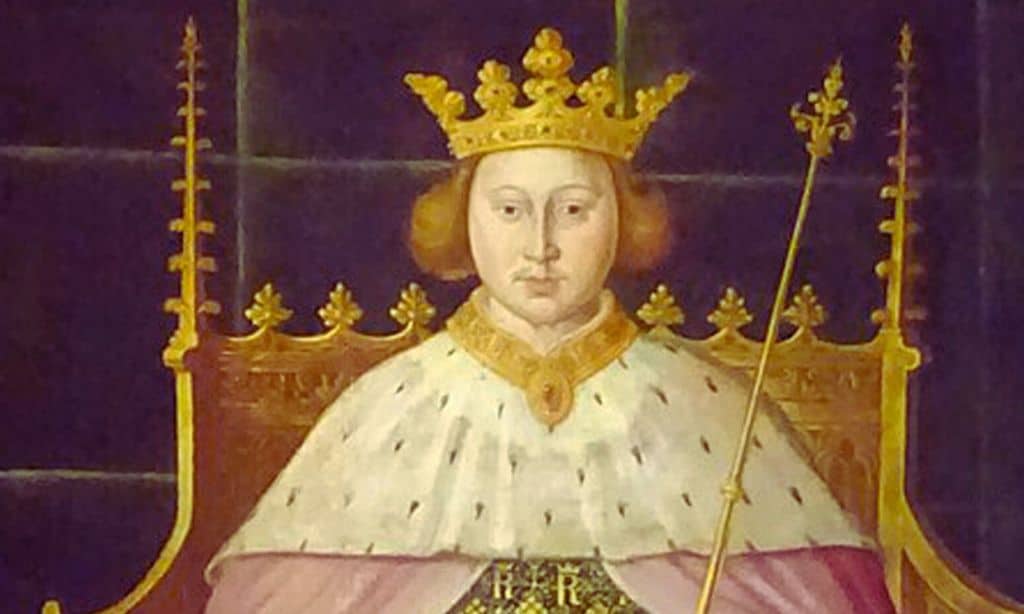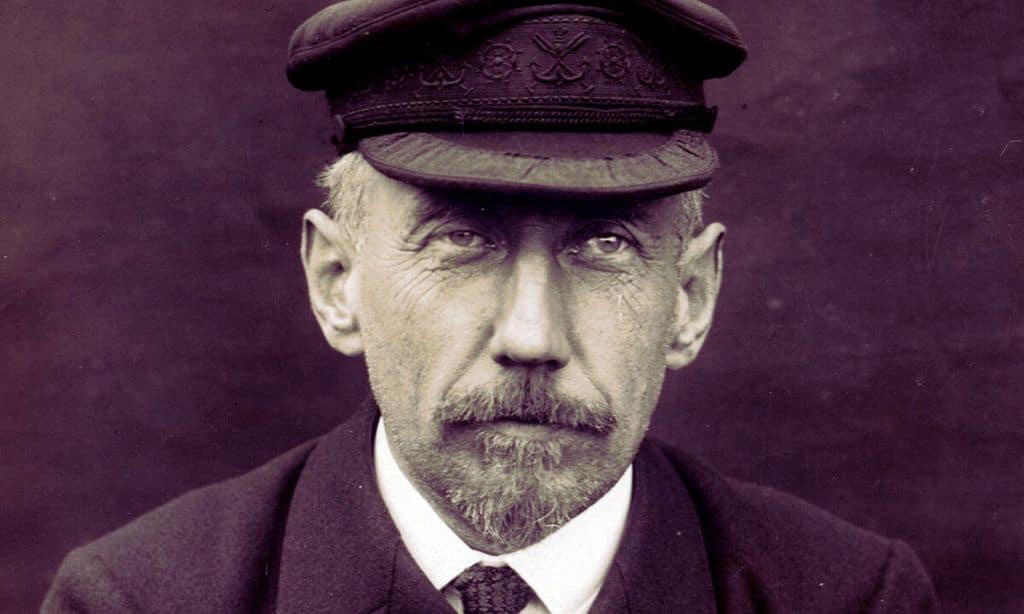Looking at important dates in history helps us understand how the world has changed over time. July 16 is a day when many interesting things happened and when some very important people were born. In this article, we’ll learn about five big events that took place on July 16 and five famous people who were born on this day. We’ll see how these events and people made a difference in the world.
Historical Events of July 16
1. Coronation of Richard II (1377)
On July 16, 1377, Richard II became the King of England. He was only 10 years old at the time! Richard II took over from his grandfather, Edward III, who had ruled for a long time.
Having such a young king was unusual and caused some problems. Richard II was too young to make big decisions, so other people had to help run the country. This led to fights between different groups who wanted power.
As Richard II grew up, he tried to be a strong king, but he had many enemies. In the end, he was forced to give up his crown. His rule showed how hard it could be for a child to be king and changed how people thought about who should lead England.
2. Joan of Arc Enters Rheims (1429)
On July 16, 1429, a young woman named Joan of Arc entered the city of Rheims with the French army. This was during a long war between England and France called the Hundred Years’ War.
Joan of Arc was a simple farm girl who said God had told her to help France win the war. She led French soldiers in many battles and helped them win. When she entered Rheims, it was a big deal because the French king was going to be crowned there.
Joan of Arc’s actions gave hope to the French people and helped turn the war in France’s favor. Even though she was later captured and killed, her bravery made her a hero in French history.
3. Battle at Montlhéry (1465)
On July 16, 1465, there was a battle at a place called Montlhéry in France. This fight was between King Louis XI of France and a group of powerful noblemen who were unhappy with him. The noblemen called themselves the League of the Public Weal.
The battle was part of a bigger conflict where the noblemen were trying to limit the king’s power. Neither side really won the battle, but it showed how divided France was at the time.
In the end, King Louis XI managed to stay in power, but he had to make some deals with the noblemen. This battle was part of the long process of France becoming a country where the king had more control.
4. Debate Between Luther and Eck (1519)
On July 16, 1519, two important religious thinkers had a big debate. Martin Luther, who started the Protestant Reformation, argued with Johann Eck, who defended the Catholic Church. This happened at Pleissenburg Castle in Leipzig, Germany.
During the debate, Luther said something very important: he didn’t think the Pope had a God-given right to lead the Church. This was a big deal because most people at the time believed the Pope was chosen by God.
This debate was a key moment in the Protestant Reformation, a time when many people started to question the Catholic Church. It led to big changes in how people practiced Christianity and had a huge impact on European history.
5. First European Banknote (1661)
On July 16, 1661, the Bank of Stockholm in Sweden did something new: they issued the first paper money in Europe. Before this, people mainly used coins made of gold or silver.
Paper money was easier to carry around than heavy coins. It also made it easier for banks to lend money and for businesses to make big deals.
This change in Sweden was the start of a big shift in how people used money in Europe. Over time, paper money became common in many countries and changed how economies worked.
Famous Birthdays on July 16
1. Mary Baker Eddy (1821-1910)
Mary Baker Eddy was born on July 16, 1821, in Bow, New Hampshire. She started a new religious movement called Christian Science.
Short Biography:
- Born: July 16, 1821, in Bow, New Hampshire
- Died: December 3, 1910, in Chestnut Hill, Massachusetts
- Known for: Founding Christian Science
- Major work: Science and Health with Key to the Scriptures
Eddy believed that sickness could be healed through prayer and understanding God. She wrote a book called “Science and Health with Key to the Scriptures” that explained her ideas. Eddy also started the Church of Christ, Scientist, which still has followers today.
Her ideas were very different from other Christian churches at the time. Some people liked her teachings, while others didn’t agree with them. Even though her ideas were controversial, Eddy had a big impact on how some people think about religion and healing.
2. Roald Amundsen (1872-1928)
Roald Amundsen was born on July 16, 1872, in Borge, Norway. He became famous for exploring the North and South Poles.
Short Biography:
- Born: July 16, 1872, in Borge, Norway
- Died: June 18, 1928 (disappeared while on a rescue mission)
- Known for: First person to reach the South Pole
- Major achievement: Led the first expedition to travel through the Northwest Passage
Amundsen loved adventure and wanted to be the first person to reach the South Pole. In 1911, he and his team succeeded. They beat a British team led by Robert Scott.
Amundsen also explored the Arctic and was the first person to fly over the North Pole. His explorations helped scientists learn more about the polar regions. Amundsen’s bravery and skill made him a hero in Norway and around the world.
3. Trygve Lie (1896-1968)
Trygve Lie was born on July 16, 1896, in Oslo, Norway. He became the first Secretary-General of the United Nations.
Short Biography:
- Born: July 16, 1896, in Oslo, Norway
- Died: December 30, 1968, in Geilo, Norway
- Known for: First Secretary-General of the United Nations
- Served as UN Secretary-General: 1946-1952
Before joining the UN, Lie was a lawyer and politician in Norway. When the UN was created after World War II, Lie was chosen to be its first leader.
Being the first Secretary-General was a tough job. Lie had to deal with many conflicts between countries, especially as the Cold War was starting. He worked hard to make the UN a place where countries could solve problems peacefully. Even though his job was difficult, Lie helped establish the UN as an important organization for world peace.
4. Orville Redenbacher (1907-1995)
Orville Redenbacher was born on July 16, 1907, in Brazil, Indiana. He became famous for his popcorn.
Short Biography:
- Born: July 16, 1907, in Brazil, Indiana
- Died: September 19, 1995, in Coronado, California
- Known for: Creating Orville Redenbacher’s Gourmet Popping Corn
- Started his popcorn business: 1970
Redenbacher grew up on a farm and studied agriculture in college. He loved popcorn and spent years trying to make the perfect popping corn.
In 1970, Redenbacher and his friend Charlie Bowman started selling their special popcorn. It became very popular because it was fluffier and tastier than other popcorn. Redenbacher appeared in many TV commercials for his popcorn, making him a well-known face across America.
Redenbacher’s success showed how a simple idea, like making better popcorn, could turn into a big business. His popcorn is still popular today.
5. Ginger Rogers (1911-1995)
Ginger Rogers was born on July 16, 1911, in Independence, Missouri. She became a famous dancer and actress.
Short Biography:
- Born: July 16, 1911, in Independence, Missouri
- Died: April 25, 1995, in Rancho Mirage, California
- Known for: Dancing partnership with Fred Astaire, Academy Award-winning actress
- Won Oscar for: Best Actress in “Kitty Foyle” (1940)
Rogers started performing when she was young. She became really famous when she started dancing with Fred Astaire in movies. They made ten films together and became one of the most loved dance pairs in movie history.
But Rogers wasn’t just a dancer. She was also a great actress and won an Oscar for her role in the movie “Kitty Foyle.” She showed that she could do both fun dance movies and serious acting roles.
Rogers helped change how people saw women in movies. She played strong characters and was known for her wit and charm. Her career lasted for many years, and she remains an important figure in the history of American entertainment.
Connecting the Dots: Themes and Patterns
When we look at these events and people, we can see some interesting patterns:
- Leadership: From young King Richard II to Trygve Lie at the UN, we see different types of leaders facing big challenges.
- Breaking new ground: Amundsen exploring the poles, Eddy starting a new religion, and the Bank of Stockholm issuing the first paper money all show people doing things that hadn’t been done before.
- Changing society: Luther’s debate, Joan of Arc’s actions, and Rogers’ performances all helped change how people thought about religion, war, and women’s roles.
- Overcoming obstacles: Many of these people, like Redenbacher and Rogers, had to work hard and overcome difficulties to achieve their goals.
- Lasting impact: Whether it’s Eddy’s religious movement, Amundsen’s explorations, or Redenbacher’s popcorn, these events and people had effects that we can still see today.
Takeaway
July 16 is a day that has seen many important events and the birth of several influential people. From changes in how countries are run to new ideas about religion, from exploring unknown parts of the world to changing how we enjoy entertainment and snacks, the events and people of July 16 have helped shape our world in many ways.
By looking at these historical events and famous birthdays, we can see how single days can be connected to big changes in history. It reminds us that every day has the potential for important things to happen and for people to be born who might change the world.
References:
- Encyclopedia Britannica. (2023). Richard II. Retrieved from https://www.britannica.com/biography/Richard-II-king-of-England
- History.com Editors. (2023). Joan of Arc. Retrieved from https://www.history.com/topics/middle-ages/saint-joan-of-arc
- Encyclopaedia Britannica. (2023). Battle of Montlhéry. Retrieved from https://www.britannica.com/event/Battle-of-Montlhery
- Luther.de. (n.d.). The Leipzig Debate. Retrieved from https://www.luther.de/en/leipzig.html
- Riksbank. (n.d.). The first Swedish banknote. Retrieved from https://www.riksbank.se/en-gb/about-the-riksbank/history/historical-timeline/1600-1699/the-first-swedish-banknote/
- The Mary Baker Eddy Library. (n.d.). Mary Baker Eddy. Retrieved from https://www.marybakereddylibrary.org/mary-baker-eddy/
- Polar Institute. (n.d.). Roald Amundsen. Retrieved from https://www.npolar.no/en/roald-amundsen/
- United Nations. (n.d.). Trygve Lie. Retrieved from https://www.un.org/sg/en/content/trygve-lie
- Orville Redenbacher’s. (n.d.). Our Story. Retrieved from https://www.orville.com/our-story
- Roger Ebert. (2002). Ginger Rogers. Retrieved from https://www.rogerebert.com/reviews/great-movie-top-hat-1935










































